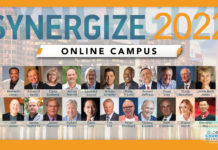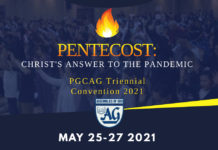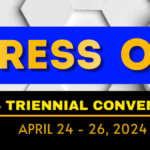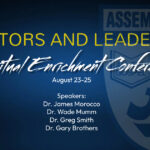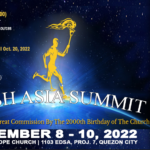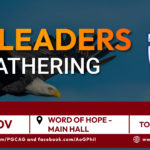When AG Reached Our Shores
A bird’s eye view of the Assemblies of God’s growth in the southern part of the Philippines, among the Cebuano speaking regions.
Nothing much is published about our history. But one story (which later has extended to new ones) has bits and pieces worth sharing.
The year was 1926 when Benjamin Caudle first stepped on Manila’s soil as a missionary of the Assemblies of God. During that time, many Filipinos were going to the USA to work, which has been instrumental to their exposure to Pentecostalism. Soon afterwards, we had our own set of missionaries who desired to have the Assemblies of God churches in the Philippines as well. So, while the foreign missionaries were doing ministry in the city, our very own Crispulo Garsulao, the pioneering Filipino to bring AG to our country went back to his home town in Antique to establish congregations in the mountains of the region.
The movement was later followed by Leland Johnson in 1939. But then, the work was impeded, but not stopped when the World War II commenced at 1939 to 1945. Some American missionaries stayed in the Philippines, evangelizing the locals. The new believers, in turn, carried on spreading the new-found faith.
At the close of the war, the gospel and the churches was able to bloom more rapidly. One man, Chaplain Edwin M. Brengle, who served in MacArthur’s liberation forces, was appointed to be a missionary. At first, him with his family by his side worked in Manila. But the city was actually catering an influx of missionaries who were sent away from China during the reign of Mao Tze Tung. From there, the Brengles headed to the remote town of Sogod in Leyte. In 1951, he founded Immanuel Bible Institute there. The school, which later progressed into a Bible College, became a spring board for pioneering churches in Eastern Visayas and Northern Mindanao.
Unfortunately, the school was destroyed by a typhoon and was moved to Cebu. The school and its first students did the hard work in promoting and recruiting new people to study in the institute. In fact, it has been very effective to the point that neighboring Cebuano speaking areas in Eastern Visayas and Mindanao study in the prime institution as it is today.
Because of the availability of Pastoral Education, the movement has spread rapidly across the region. There was a good turn over from the first pastors of AG (who graduated in Leyte) to the younger generation coming from the Churches they lead and a great number of other workers originating from other places. This is the movement of the Holy Spirit for sure, especially when homes were opened to the Baptism of the Holy Spirit.
“…By and large the growth of Cebuano churches remained spontaneous rather than methodical [in the tradition of Brengle, Ortega and Cagas.] And yet in comparison, the Cebuano churches of the Assemblies of God outpaced other regions in terms of church growth.”
-Narciso C. Dionson, CONVERGENCE: BEGINNINGS IN THE CEBUANO ASSEMBLIES OF GOD
In 1953, the Philippines General Council of the Assemblies of God was formed with Rev. Rodrigo C. Esperanza as the first superintendent. The number of local churches kept increasing, and also was the need to train more church workers. Thus, more Bible Schools were established.
The growth was undeniable for the Assemblies of God in the 1950s to the 1960s. Of course, things don’t always come easy. Due to some factors, the rise was hampered at the 70s, but was later saved by another spur in 1990. We “grew from “1,230 churches with 198,000 members and adherents to 2,600 churches attended by 420,830 people making it the largest evangelical body in the country” (Kennedy, 2000:5)
Today, although statistical data is difficult to acquire, there is no doubt that the Churches planted and members are growing exponentially.
Sources:
“A Cebuano Speaking AG” Accounts and exchanges documented by Narciso Dionson.
www.pgcag.wordpress.com


